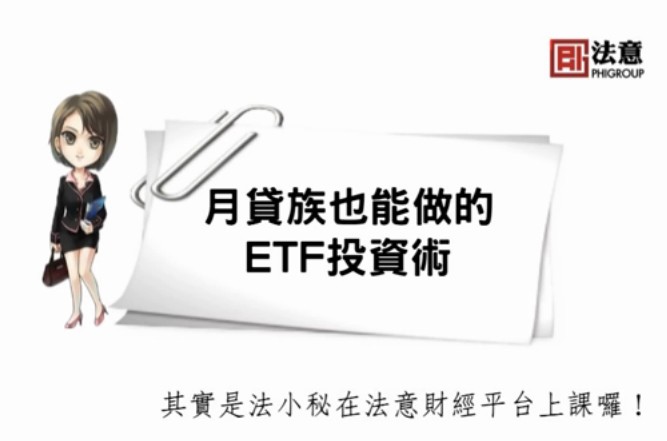From The Economist print edition
When the going gets tough, the tough get their maths books out
當經濟形勢越來越糟,強硬樂觀派則搬出了數學
MANY of the diehard optimists on Wall Street have been beaten to a pulp by now, but those still standing have fallen back on a nifty bit of calculus. The second derivative, they say, is turning positive. That means that although the economy is spiralling down, it is doing so more slowly.
華爾街許多堅決的樂觀人士現已潰不成形,但是那些仍舊保持樂觀的人開始伶巧地耍起了微積分。他們說,二階導數正在趨正,意思是:儘管經濟仍在下滑,但是下滑的速度減緩了。
There are a few bits of data to back up this assertion. Retail sales rose by 1% in January from December, the first monthly increase since June. Car sales fell in January but were stable to individual buyers, if not to corporate fleets. The economy may shrink at a slightly lower rate in the first quarter than it did in the fourth (in part because fourth-quarter growth is likely to be revised to a steeper drop than the first annualised estimate of 3.8%). An index compiled by JPMorgan Chase finds that although economic news remains on balance worse than expected, the margin of awfulness has shrunk a bit; the firm's analysts have marginally trimmed the risk of 「a mini-depression」.
有一些數據支持這個主張。從去年12月至今年1月,零售銷售額上漲了1%,這是自去年6月以來首次出現月度上漲。雖然1月份汽車銷量有所下滑,如果說對企業的銷售不穩定,但對個人的汽車銷售則很穩定。今年第一季度的經濟收縮力度相比去年最後季度要稍微緩和一些(部分原因是去年第四季度增長率可能會比之前3.8%的年化下跌更加嚴重)。JPMorgan Chase 設計的一項指數表明,儘管總體而言,經濟惡化比預期嚴重,但是惡化的邊際小了一些;該公司的分析人員已經稍稍降低了「迷你蕭條」的風險預期。
Meanwhile, thanks to huge policy stimulus by the authorities since October, yields on corporate bonds have edged lower, interbank rates have improved, and the money supply has surged. Thomson Reuters, a data gatherer, says that more than $100 billion of American corporate bonds have been issued this year, more than the four preceding months combined (though many are federally guaranteed).
同時,多虧10月份以來有關當局提供的大型政策激勵,企債收益率已經降低,銀行間拆借利率有所提高,同時貨幣供給大幅增加。據信息提供商湯姆森路透(Thomson Reuters)表示,美國今年已經發行1000億美金的公司債券,比之前四個月的加起來還多(儘管許多都是獲得聯邦擔保的)。
Larry Hatheway, a strategist at UBS, says a shift in the data from uniformly bad to mixed normally suggests that demand and production are coming back into balance. However, 「This isn't a normal cycle,」 he notes. Credit supply has not remotely returned to normal; he points out that investment-grade companies are still borrowing at a punitive 8% even after recent improvements in the market. Though a few junk-bond issuers have tapped the market, part of the demand may have come from funds 「gambling for resurrection」, ie, taking a big risk for high yields in a desperate bid to offset losses elsewhere.
瑞士聯合銀行(UBS)的策略師拉里•夏德威(Larry Hatheway)說,經濟數據由普遍糟糕轉變為正常的有升有降表明需求和產出正在回歸平衡。但是他指出,「這並不是一個正常循環」,信貸供給還遠沒有恢復正常;他還指出,儘管近期市場有所轉好,但是處於投資評級的公司仍然在以8%的高利率借款。雖說少數幾家垃圾債券發行商也已從市場上籌集到了資金,但是對這類貸款的需求部分來自於那些 「賭生死的」基金,比如說,(這些基金公司)通過高風險高收益拚命地想要補償在其他方面的損失。
For each scrap of good news, there is plenty of the bad stuff. A 16.8% plunge in housing starts in January suggests no bottom is in sight there. Except for Chinese credit (see article), there is little encouraging in the rest of the world. What optimism the markets have shown has been mostly down to hopes of effective policy. This week's equity rout suggests that policymakers still struggle to meet those expectations.
伴隨每一個好消息而來的,是大量的壞消息。從1月份開始,房市下跌了16.8%,這表明房市的下跌還沒有到頭。除了中國信貸市場以外,世界其他地區都沒有任何令人鼓舞的地方。市場所呈現出來的樂觀跡象大都源自於對政策有效性的希望。本週權益市場的大幅下跌意味著決策者仍要掙紮著滿足這些預期。
譯者: chrisshou http://www.ecocn.org/bbs/viewthread.php?tid=17312




 留言列表
留言列表
